My name is Oisín Kirwan I’m currently studying dairy business at UCD. I’m from the parish of Tullaherin, Co Kilkenny.
Currently, I’m located on the south island in Rakaia, Canterbury in New Zealand where I am on work experience.
I’m working on a 50/50 sharemilking operation with a herd of 1,250 cows.
We’re just out of a challenging calving period due to wet weather with Christchurch not having seen such rain for 30 years.
The weather was hard on calves, with a lot dying to the elements at the start of calving because cows were all being calved outside on grass. The calves were only being picked up and brought into the shed once a day.

It wasn’t just hard on animals but us too with tractors having no cabs and learning to drive a dirt bike in the bad weather was an experience in itself.
Bedding
One idea worth taking note of was the bedding used for calf pens. It is small bits on wood the size of grit (3mm).
It works far better than woodchip with over 1,000 calves passing through four pens with weather conditions like Ireland.
All we had to do was spray it once a week with disinfectant to maintain it, only cleaning it out at end of the season. There was no disease that’s what really impressed me.
Body condition scoring
They focus a lot more on body condition score (BCS) of cows than we do at home.
It’s done by a BCS specialist that comes for milking and scores the cows as they leave the rotary and the BCS is then entered into a database.
It plays an important role in how the herd is managed, breaking up the herd into the skinny/lame group and heifers with main milking cows – with them going into paddocks further away.
It’s being done three times a year; at breeding, a few months before drying-off and at drying-off. Currently the body condition in New Zealand is quite low due to milk price the past few years.

It has caused farmers to cut back on important inputs in a bet to drop costs and put milk on tap. As a result they will be paying for it in years to come through breeding. The BCS works on a different scale to Ireland going from 1 to 10.
On my farm, the BCS is an average of 4.2 which is close to the minimum at mating of 4.0, far from the score you want them to be at – ideally 4.5 to 5.0.
Breeding
This leads me into breeding where the preparation is well underway with cows being treated for endometritis.
To do this cows are checked with a stainless steel rod with rubber examination cup.
It’s put into the reproductive tract of the cow and pulled back out. The liquid is checked to see if it uterus is infected.
If the ratios of clear fluid to mucus is 40% clear to 60% mucus, the cow will need to be treated with Metricure as the uterus is not in a healthy state.
This week we are synchronising the heifers and cow using what they call timed AI. We put controlled internal drug releases (CIDRs) into the heifers and late-cycling/late-calved cows to tighten up the calving period.
There is 270 heifers injected with Gonadotropin Releasing Hormone (GnRH) and received CIDRs over a two and half hour period with two vets administering the CIDRs.
The 175 cows were given CIDRs in the rotary milking parlour. They will be taken out in six days and will go to AI the following day.

Fertility rates
The fertility rate of the New Zealand herd has drop significantly the past few years.
This is why they’re going to such expense to get cows in-calf and to shorten the calving period while keeping more cows in the herd.
New Zealand life
It’s interesting to see how they do things down under but what is it really like to live in New Zealand?
Well firstly the team of people you work with are a great deal of your social interaction throughout the day.
I’m working with four Filipinos; one of them being the farm manager and Jason who also studies dairy business.
The sharemilker and his wife help out at busier times of the year.
I generally start work at 4am and finish at 5.30pm. Working 7 days and getting 2 days off.
In the evenings we generally meet up with the other lads from the course. We would meet up to have a chat about what happened throughout the day and discuss how things are done on each other’s farms.
Social life
On the social aspect there’s not much going on as the New Zealand night life is very different to back in Ireland – Kiwis don’t go out like we do at home, so it can be hard to meet people of your own age.
Once a week there is Gaelic football in Rakaia that is organised between a few Irish lads. It’s a good way to meet other Irish working in the region and to get together to have a kick about.
Afterwards everyone would then meet at the local pub for a few social ones and get to catch up with each other.
They have formed the first Rakaia football team and next week are going to play a blitz in Christchurch against other clubs in New Zealand.
Travel
As there are so many of us out here we purchased a seven-seater car to travel this outstanding country getting to visit scenic areas that are naturally beautiful on our days off such as Anther’s Pass and Lake Tekapo.
Last weekend a group of 16 of us went on a road trip to Queenstown after an open day at Lincoln University demo farm.

The views are breathtaking on the drive down and we got an Airbnb for the weekend so we were really living it up. The town is full of outdoor activities like the Luge.
It’s basically free wheel carting down the side of a mountain and I must say it’s great fun.
The highlight of the weekend was the Nevis bungee jump at the height of 134m. It’s an eight second free fall. It was hard to do but is a surreal experience.
Over all I am really enjoying my New Zealand experience. There’s so much more out of this placement than just learning how to farm.
It has really made me a lot more mature and confident in myself. Even the little things like dealing with issues yourself or fending for myself by having to learn how cook, budget and save money. These are all life skills I’ll be carrying on.
The best thing is that I’m getting to travel the world while making money and earning a third level degree. You couldn’t ask for much more.
Read more
Student blog: milking on a NZ farm where a helicopter spreads fertiliser
Student blog: milking 4,500 cows in South Dakota
My name is Oisín Kirwan I’m currently studying dairy business at UCD. I’m from the parish of Tullaherin, Co Kilkenny.
Currently, I’m located on the south island in Rakaia, Canterbury in New Zealand where I am on work experience.
I’m working on a 50/50 sharemilking operation with a herd of 1,250 cows.
We’re just out of a challenging calving period due to wet weather with Christchurch not having seen such rain for 30 years.
The weather was hard on calves, with a lot dying to the elements at the start of calving because cows were all being calved outside on grass. The calves were only being picked up and brought into the shed once a day.

It wasn’t just hard on animals but us too with tractors having no cabs and learning to drive a dirt bike in the bad weather was an experience in itself.
Bedding
One idea worth taking note of was the bedding used for calf pens. It is small bits on wood the size of grit (3mm).
It works far better than woodchip with over 1,000 calves passing through four pens with weather conditions like Ireland.
All we had to do was spray it once a week with disinfectant to maintain it, only cleaning it out at end of the season. There was no disease that’s what really impressed me.
Body condition scoring
They focus a lot more on body condition score (BCS) of cows than we do at home.
It’s done by a BCS specialist that comes for milking and scores the cows as they leave the rotary and the BCS is then entered into a database.
It plays an important role in how the herd is managed, breaking up the herd into the skinny/lame group and heifers with main milking cows – with them going into paddocks further away.
It’s being done three times a year; at breeding, a few months before drying-off and at drying-off. Currently the body condition in New Zealand is quite low due to milk price the past few years.

It has caused farmers to cut back on important inputs in a bet to drop costs and put milk on tap. As a result they will be paying for it in years to come through breeding. The BCS works on a different scale to Ireland going from 1 to 10.
On my farm, the BCS is an average of 4.2 which is close to the minimum at mating of 4.0, far from the score you want them to be at – ideally 4.5 to 5.0.
Breeding
This leads me into breeding where the preparation is well underway with cows being treated for endometritis.
To do this cows are checked with a stainless steel rod with rubber examination cup.
It’s put into the reproductive tract of the cow and pulled back out. The liquid is checked to see if it uterus is infected.
If the ratios of clear fluid to mucus is 40% clear to 60% mucus, the cow will need to be treated with Metricure as the uterus is not in a healthy state.
This week we are synchronising the heifers and cow using what they call timed AI. We put controlled internal drug releases (CIDRs) into the heifers and late-cycling/late-calved cows to tighten up the calving period.
There is 270 heifers injected with Gonadotropin Releasing Hormone (GnRH) and received CIDRs over a two and half hour period with two vets administering the CIDRs.
The 175 cows were given CIDRs in the rotary milking parlour. They will be taken out in six days and will go to AI the following day.

Fertility rates
The fertility rate of the New Zealand herd has drop significantly the past few years.
This is why they’re going to such expense to get cows in-calf and to shorten the calving period while keeping more cows in the herd.
New Zealand life
It’s interesting to see how they do things down under but what is it really like to live in New Zealand?
Well firstly the team of people you work with are a great deal of your social interaction throughout the day.
I’m working with four Filipinos; one of them being the farm manager and Jason who also studies dairy business.
The sharemilker and his wife help out at busier times of the year.
I generally start work at 4am and finish at 5.30pm. Working 7 days and getting 2 days off.
In the evenings we generally meet up with the other lads from the course. We would meet up to have a chat about what happened throughout the day and discuss how things are done on each other’s farms.
Social life
On the social aspect there’s not much going on as the New Zealand night life is very different to back in Ireland – Kiwis don’t go out like we do at home, so it can be hard to meet people of your own age.
Once a week there is Gaelic football in Rakaia that is organised between a few Irish lads. It’s a good way to meet other Irish working in the region and to get together to have a kick about.
Afterwards everyone would then meet at the local pub for a few social ones and get to catch up with each other.
They have formed the first Rakaia football team and next week are going to play a blitz in Christchurch against other clubs in New Zealand.
Travel
As there are so many of us out here we purchased a seven-seater car to travel this outstanding country getting to visit scenic areas that are naturally beautiful on our days off such as Anther’s Pass and Lake Tekapo.
Last weekend a group of 16 of us went on a road trip to Queenstown after an open day at Lincoln University demo farm.

The views are breathtaking on the drive down and we got an Airbnb for the weekend so we were really living it up. The town is full of outdoor activities like the Luge.
It’s basically free wheel carting down the side of a mountain and I must say it’s great fun.
The highlight of the weekend was the Nevis bungee jump at the height of 134m. It’s an eight second free fall. It was hard to do but is a surreal experience.
Over all I am really enjoying my New Zealand experience. There’s so much more out of this placement than just learning how to farm.
It has really made me a lot more mature and confident in myself. Even the little things like dealing with issues yourself or fending for myself by having to learn how cook, budget and save money. These are all life skills I’ll be carrying on.
The best thing is that I’m getting to travel the world while making money and earning a third level degree. You couldn’t ask for much more.
Read more
Student blog: milking on a NZ farm where a helicopter spreads fertiliser
Student blog: milking 4,500 cows in South Dakota













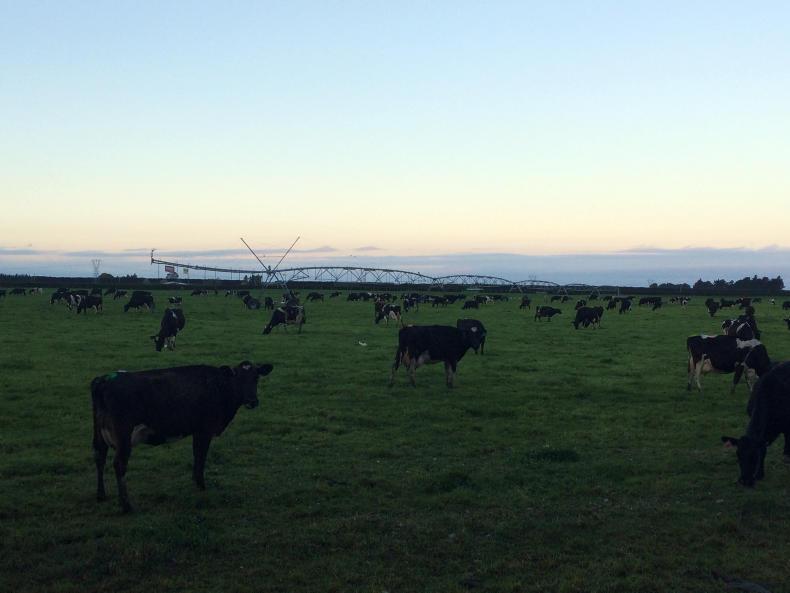
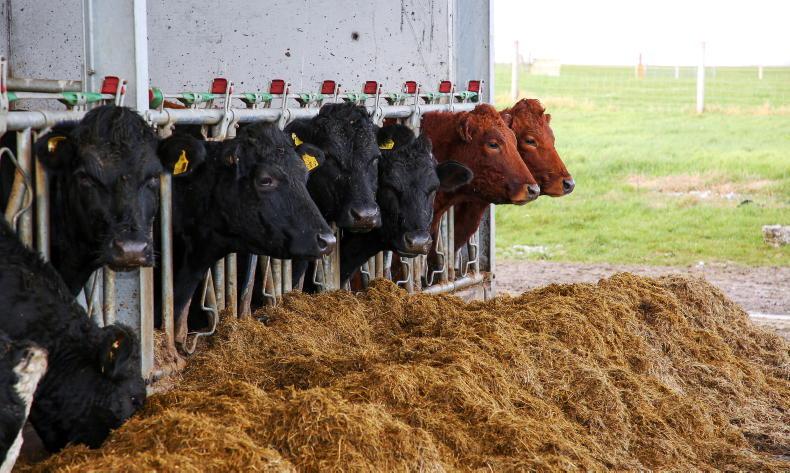

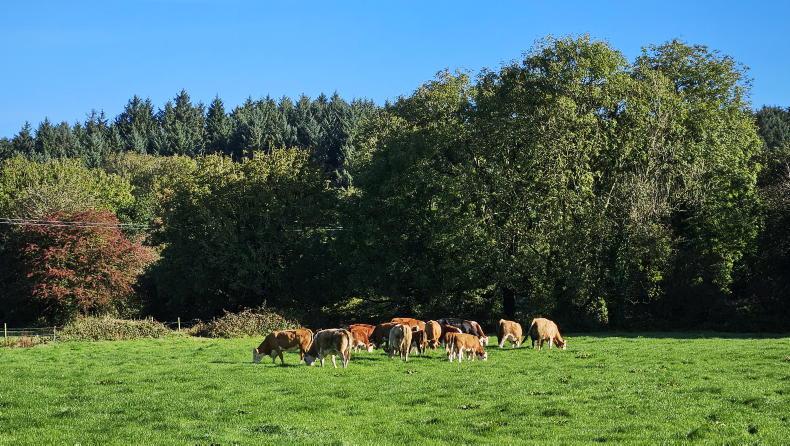
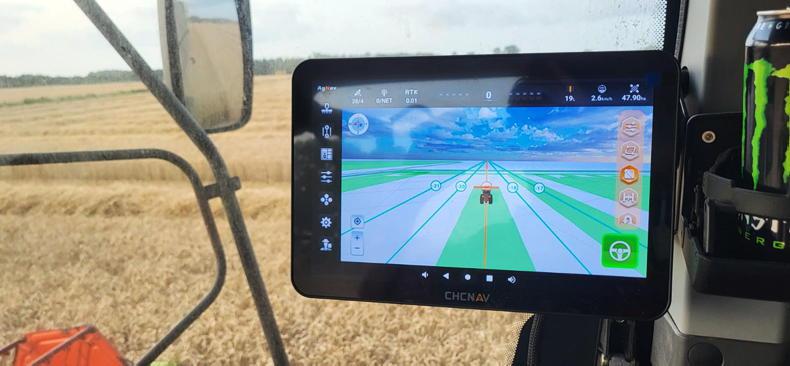
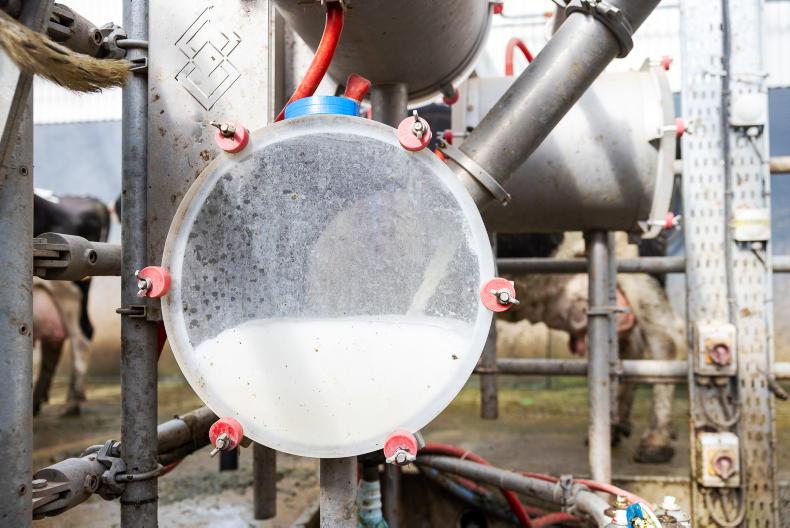
SHARING OPTIONS